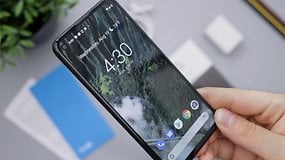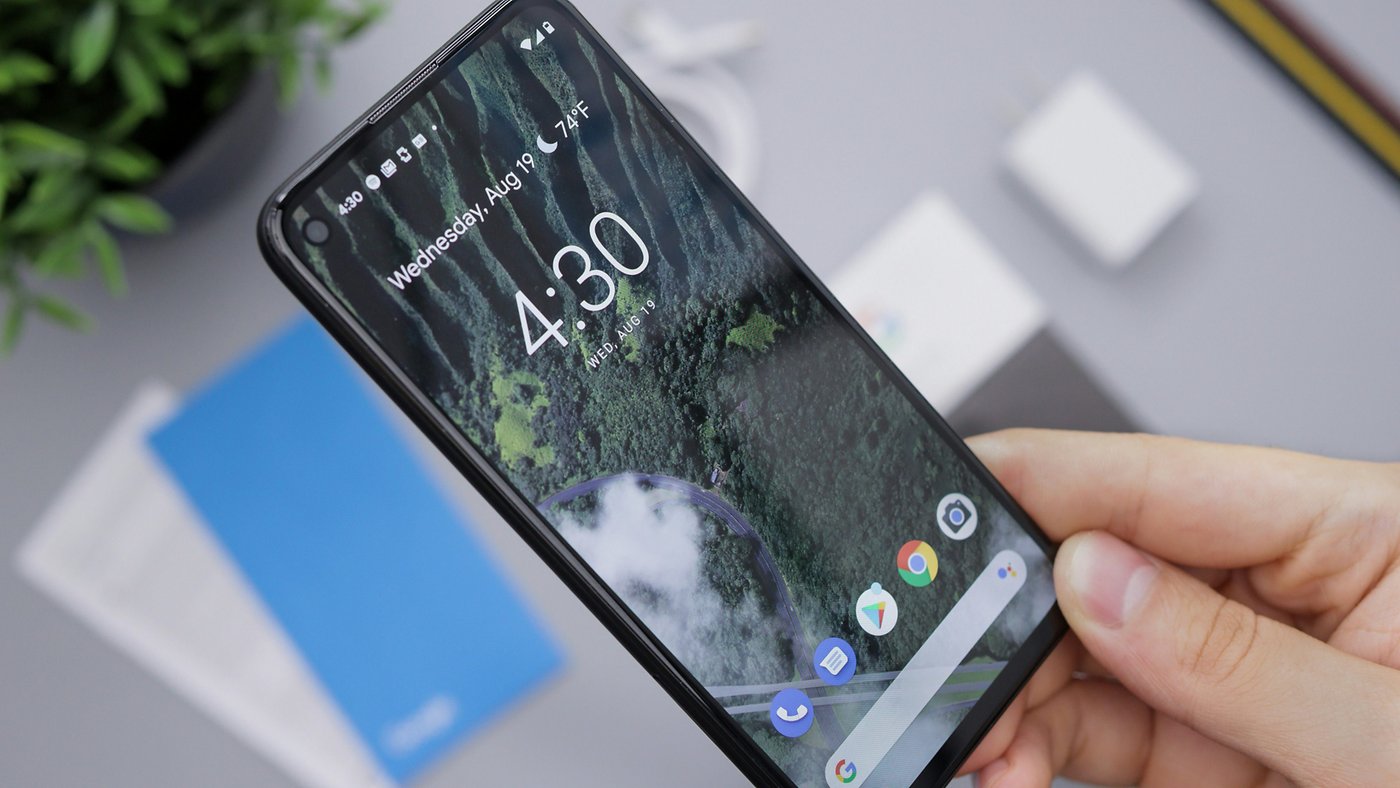These Tricks Make Your Smartphone Last a lot Longer

Smartphones have long since become frequently replaceable consumer goods, rather than a long-term purchase. After a few years at best, most smartphones begin to exhibit the first signs of ageing. Battery life decreases noticeably, and the operating system reacts more slowly than before. However, many existing devices do receive software updates for five years and could technically be used for much longer, provided you follow a few basic tips.
The Battery is its Achilles’ Heel
The battery is the smartphone component that ages the fastest. Although modern lithium-ion batteries are significantly more robust than earlier iterations, wear and tear cannot be avoided altogether. Most existing models are designed for approximately 1,000 charging cycles, which means they still retain at least 80 percent of their original capacity up to this point.
The aging of the battery can be slowed down by using proper charging behavior. Exceptionally high temperatures tend to harm the battery chemistry within. When you’re not concerned with the length of the charging process, for instance, when you are charging overnight or at work, you should deactivate the fast charging function. Wireless charging also generates more heat than using a cable, and can put more stress on the battery.
It is also advisable not to fully discharge the device. A charge level of around 20 percent should be the lower limit. Many smartphones also offer the option to limit the maximum charge to 90 percent or control the charging process over time. This ensures the device is fully charged shortly before you wake up.
When the Smartphone Slows Down
A slower response speed does not necessarily have to be attributed to an outdated processor. The cause is often a weakened battery that can no longer provide sufficient power. In such cases, many devices automatically reduce their performance to avoid unexpected shutdowns. On the iPhone, you can check whether power throttling is active under “Battery” → “Battery status”.
An almost full memory can also affect the operating system’s speed. As a general rule, at least 10% of the internal memory should always be free — this applies not only to smartphones, but also to PCs and laptops.
Another factor is how apps that remain active in the background consume resources. Under the battery’s settings, you can see which applications consume a considerable amount of energy. Conspicuous apps can either be deleted or their background activities can be restricted. It is generally advisable to uninstall unused applications on a regular basis.
It is equally important to install system and app updates promptly as soon as they are available. These not only close security gaps, but also fix errors that can lead to increased battery consumption.
Think — and Act — Sustainably
Making your smartphone last longer is not only easier on your wallet, but also helps to conserve resources. Should the desire for a new model arise, the old device can often be handed down to someone else in the family.
Additionally, many manufacturers now offer the option of replacing the battery at an affordable price. This is a sensible option after two to three years, especially for more expensive models, to extend the device’s service life significantly.
